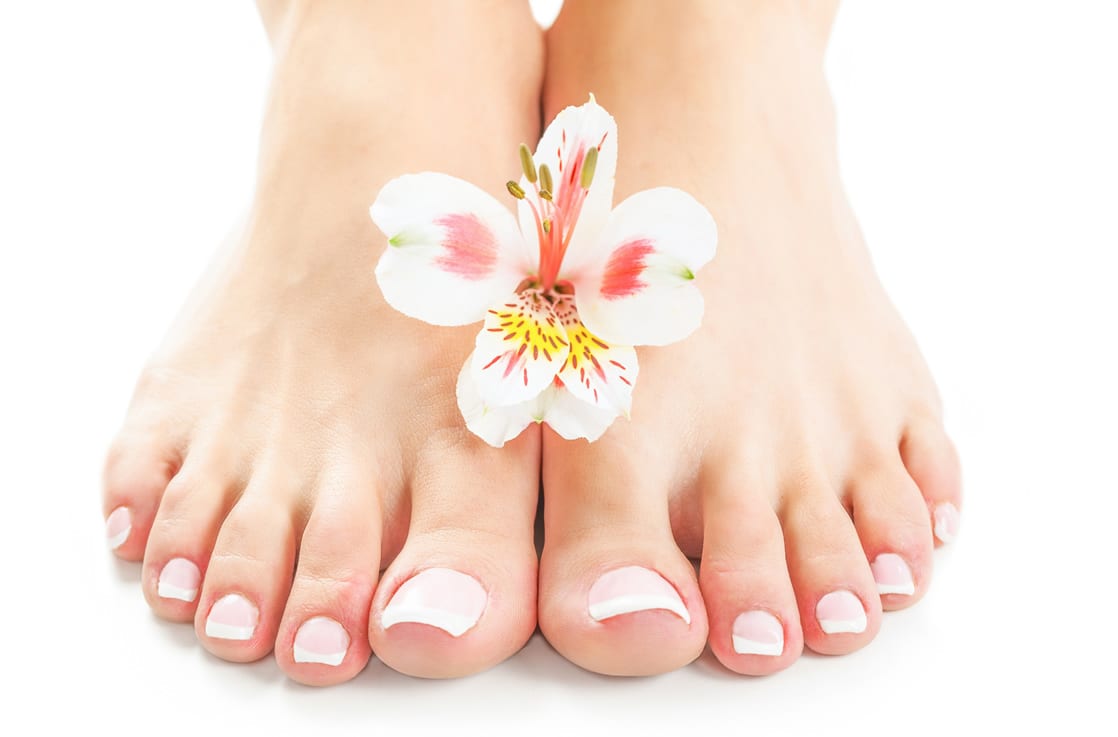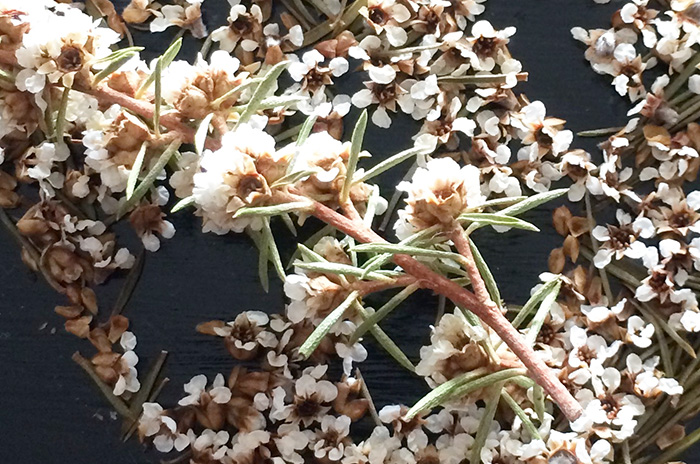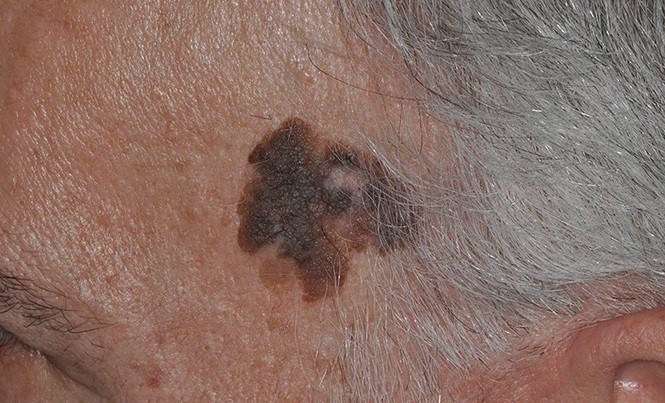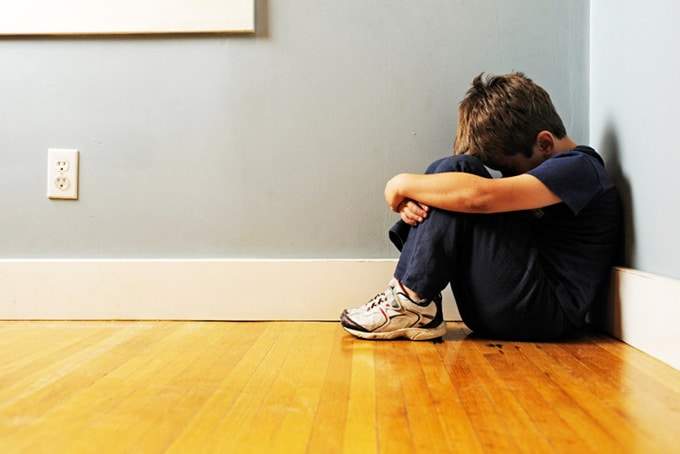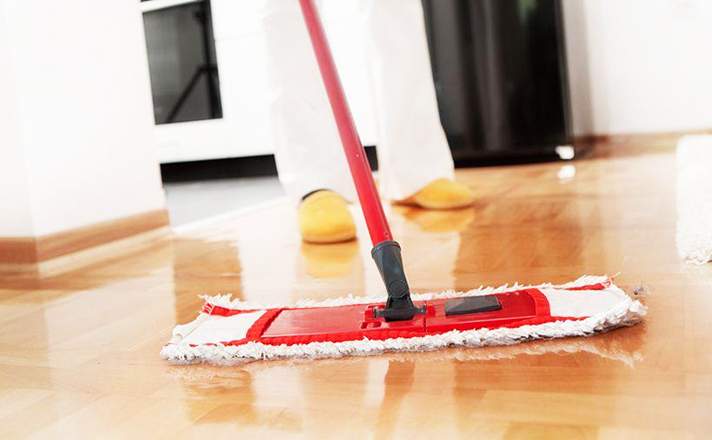Do you have wart-like growths on your face, neck, shoulders, chest or back that seem to multiply as you age? You may have the so-called seborrheic keratosis. Also known as basal cell papilloma, brown wart, senile wart or barnacle, it is something that’s benign, but it can definitely be an issue because of its appearance!
Since seborrheic keratosis is non-cancerous in nature, it usually requires no treatment. However, there are a handful of methods to have the growths effectively removed. You may opt for any one of them if you don’t like how seborrheic keratosis looks, or it becomes a nuisance as it may get irritated when rubbing against your clothes.
Before we discuss some of the most essential matters about seborrheic keratosis, it’s important to note that any unusual skin growths or changes should be checked by a doctor. For instance, melanoma, which is a really serious form of skin cancer, can be easily mistaken for seborrheic keratosis.
Causes
To date, no one really knows why seborrheic keratosis forms. However, doctors say that it has something to do with age. In other words, it is quite normal for you to have it as you get older. Seborrheic keratosis is actually very common in people 60 years old and above. In fact, doctors say that up to 90 percent of those who are 60 and older have one or many seborrheic keratosis growths on their skin.
Some people tend to form several of those growths, which could only mean that the heredity may also be a role player in the development of seborrheic keratosis. If an elderly family member of yours has plenty of it, there is a possibility that
you will also have several seborrheic keratosis growths when you become older.
Doctors do notice that seborrheic keratosis tend to develop more on areas of the body that are not covered by clothing. This suggests that exposure to the sun may trigger or contribute to the development of the growths. But it’s important to note that seborrheic keratosis is not something that’s contagious.
Symptoms
As earlier mentioned, seborrheic keratosis tends to cause growths that are similar to warts. Most of the time, they tend to be darker than your skin tone, but it’s not impossible for them to be light in color at times. Also, the growths more commonly appear on the face, neck, shoulders, chest and back, but they can develop on just about any other part of the body, too, except for the soles of the feet and the palm of the hands.
Initially, the growths may appear like small and rough bumps on the skin. Eventually, they may grow in size (1 millimeter to several centimeters in diameter) and become raised and thickened, until they look similar to warts. It is possible for only a single growth to appear or several of them. As the years pass by, however, the growths tend to multiply.
Seborrheic keratosis may sometimes be itchy. Generally speaking, the growths are not painful. However, they can get irritated especially if they constantly rub against clothing. Refrain from scratching or picking at the growths in case they become bothersome because they may swell and bleed, and an infection may strike.
Treatment
Because seborrheic keratosis is benign, which means that it’s non-cancerous in nature, it should not cause you to panic. It’s also for the reason that it is harmless why it requires no treatment. However, this does not mean that you have to put up with the growths as there are a handful of ways to have them removed.
If they become bothersome or you just don’t like the way they look, you may elect to get rid of them with the help of a skin specialist. The growths can sometimes be removed with the use of chemicals. At times cryotherapy may be done, wherein the growths are cooled with liquid nitrogen for easy removal. Curettage (removal with a scalpel), electrocautery and laser are other removal options available for seborrheic keratosis.
Source: facial-rejuvenation-clinic.com

